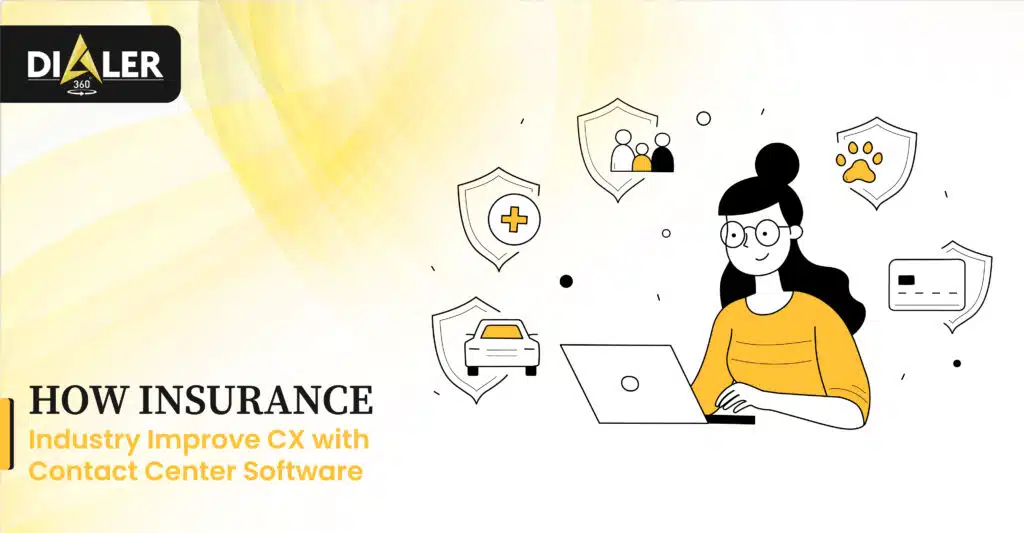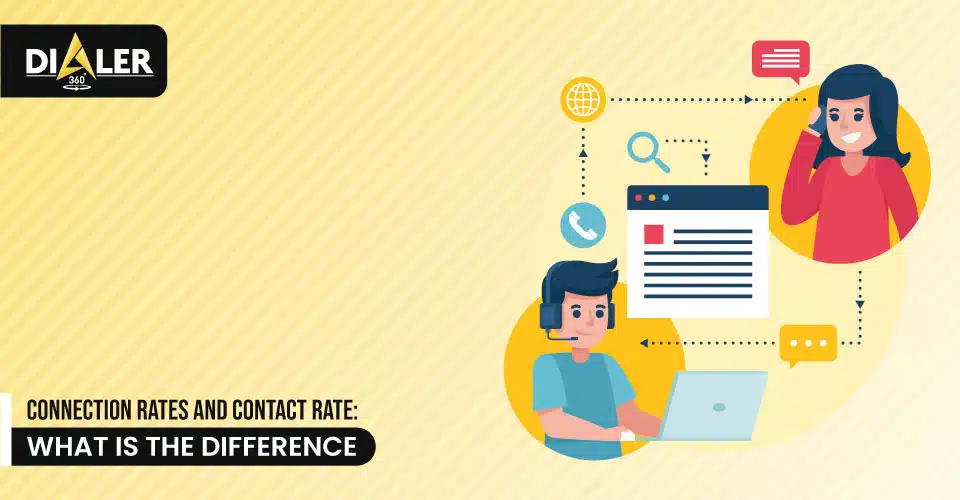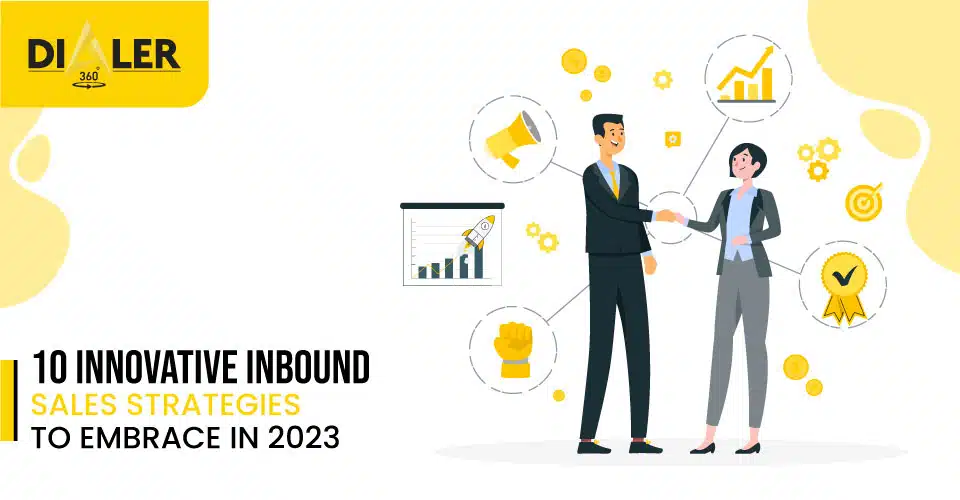As a call center rep, you should come across with an angry caller on a daily basis. Does question be how you handle these communications? Rather than, a successful resolution of their issues or losing the customer forever.
This is important to provide your call center reps with proper tools. Train your call center software to help them handle difficult customer personalities with grace.
Customer will complain and contact you if they are angry with stress. This is necessary to teach chat reps that how to deal with angry clients. How to diffuse the situation before it intensifies into a reputation nightmare.
If a customer begins yelling or being rude otherwise, nothing to be gained by responding similarly. It will probably increase hostilities and control of yourself. Else, the customer’s outburst to make you feel like yelling yourself.
Always remember the customer isn’t angry with you. They are just unhappy or displeased with the service of your product. Your personal feelings are beside the point.
Listen with a patient that can defuse a situation as long as the customer feels acknowledged. Hear them proper when they’ve done just precise, what you heard. Try to show them how close you are paying attention to their issues.
The Most Powerful Ways to Analyze To Diffuse an Angry Customer
Assume Customer Has Right To Be Angry
A human can’t make mistakes on purpose, as they do happen. When you are working in a call center, you must know about the temperament of the customer. The unusual response is to estimate the merit of complaint while you are listening to it.
The customer may be angry because of prior experiences, previous contacts with your company or just a problem occurred at an alarming time in the customer schedule.
It may be a customer feels deceived because the product or service didn’t meet expectations. Clients may be angry because they made incorrect assumptions that led to bed expectations.
Regardless, the circumstances, acknowledge customer who has the privilege to irate. Listen carefully to how anger is anger expressed. Besides, you can find the root cause of the emotion.
Listen To Emotion without Emotion
Listen to inflection and the importance of the customer. Places on particular topics to identify the emotional substance. This will assist you to determine the specific product and need primary attention.
Resolving technical issues may only partially effective. It doesn’t also address significant customer concerns.
Whereas, this is necessary to correct the technical issues. As well appropriate to acknowledge the risk. Try to protect precious memories or at least explain why they can’t be regained.
Don’t ignore the sensitive catalyst. Why they cannot be retrieved, but do not ignore the emotional catalyst.
Don’t respond to emotions. Remember that customers’ anger isn’t directed at personally. When language is attacking borderline abusive as because the customer looking for a response.
This is necessary to acknowledge customer emotions repeatedly. To defuse the situation and reassure that you are attentive to the importance of the technical issue.
Be Patient
The conversation of customers comes in waves. As the customer is at the peak of expressing anger and frustration. This isn’t effective to interrupt the customer if they are venting combustible sentiments.
While pouring gasoline on a mighty fire. Use the opportunity to interject with reassuring comments.
Sometime the customer’s anger will vent and return like another set of waves. If it happens, be patient and wait for the client to run out of, either you approach the fire again.
Repeat your compassion and acknowledge the customer right to be bitter substances. Take a quiet deep breath and wait patiently for your turn to speak.
Speak Softly – Reiterate
When your customer a loud and abusive, respond by speaking softly with a very steady tone. Try to shout over the customer or interfere then attention and won’t pay importance to your message.
Silence is your golden signal which is time to speak your rank message in a soft voice. Ultimately, the customer will have to lower their voice to hear what are you saying?
It may seem that the customer doesn’t care about what you’ve to say first. Keep in mind that customer approached you for resolution. The customer has to build up a considerable amount of sensitive before reaching you.
Eventually, the customer does want your advice and assistance to resolve the problem. If the customer remembers why they contacted you, will be receptive to your soft-spoken conversation.
Assure that you are addressing the technical, administrative aspect of customer concerns. When you have listened carefully to the customer and reiterate the priorities which you believe.
When you heard from the consumer perspective. It will make sure that you are focused on relevant issues and reassure the customer.
Own the Problem
It doesn’t matter who is generating the problem or what transpired before the customer got you. Usually, it may tempt to distance yourself from the problem by affirming. Another department has to handle it, or you are just a messenger.
An expression which you don’t have ownership of issues or potential resolution. It gives the customer a feeling being adrift and powerless. These all will create yet another reason to be frustrated and angry.
Usually, the customer doesn’t know your company and policies as your procedures. They will never be able to navigate the demands and restrictions with the same knowledge, the experience you have.
Make sure the customer you will use your information and experience to coordinate. Such as best possible resolution even you need to get the assistance of other companies.
Place the Customer First, Problem Second
In most cases, there are two different issues which coincide if dealing with angry customers. The first issues are customer sensitive distress. Second is technical, administrative matter.
Whereas, it may seem logical to focus on first technical or administrative issues. This is essential to acknowledge their anger first and then technical issue.
Resolve the technical issue which may or may not completely solve the root cause. Usually, the customer concerns first and try to calm down them. Enough to help as much you concentrate on technical or administrative problems.
Acknowledge the individual customer emotions first, resolve the specific customer technical issues. Second and essential is a reserve is addressing any bigger issue as an independent activity.
If you have an opportunity to focus on technical and administrative issues. Analyze the problem and deliver corrective measure or detailed information.
Try to avoid duplicating the problem with other customers. It is essential to obtain some additional information from your customer accurately.
Correct the Issue
Correct the issues of the specific customer and also look for long term corrective estimates. This can’t be feasible to give your customer a guarantee. Demonstrate your confidence which is a particular issue is resolved and not expected to reoccur.
Establish your attention to the specific customer by reiterating original stances. While actions that you have to correct the problems. It may appropriate to reassure the customer who will be available to assist.





